Is histology/dermatoscopy necessary before mole removal
Removal of moles is one of the most popular reasons for visiting a dermatologist. Most often, people apply in cases where the mole does not look good or is in an inconvenient and traumatic place. However, even in such situations, it is better to check that the formation is benign and does not pose a risk to the health and life of the patient.
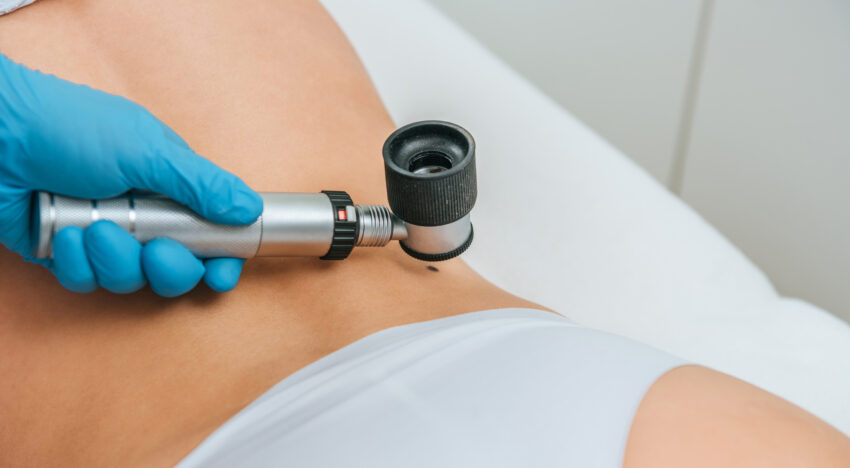
Of course, in the matter of removal and analysis of moles, it is necessary to consult an experienced dermatologist. But it will not hurt to come to such a consultation prepared and knowledgeable. For this, we have collected all the most important and necessary information about mole removal, dermatoscopy and histology in this article.
What to do before removing moles
Although mole removal – is an ordinary procedure, it is still not done without some preparation. To begin with, the doctor conducts an examination of the entire skin and dermoscopy – a thorough study of the neoplasm on the skin using a magnifying device (dermatoscope). Such a close examination helps to determine the nature of the mole as accurately as possible and to draw up a further plan of action.
In addition to examining the skin, the doctor should also ask a number of important questions for understanding the situation. Before going to the doctor, it is advisable to think well and remember various points related to the mole and your health in general:
◼ when the birthmark appeared (was it always there or was it formed recently);
◼ have you noticed any changes in the size, shape or color of the mole;
◼ have you ever had other moles removed, and if so, how many, on which areas of the skin, and were they malignant;
◼ have sunburned the skin and how much you are under the influence of active ultraviolet rays;
◼ whether there is a family history of atypical nevi, melanoma or other types of skin cancer.
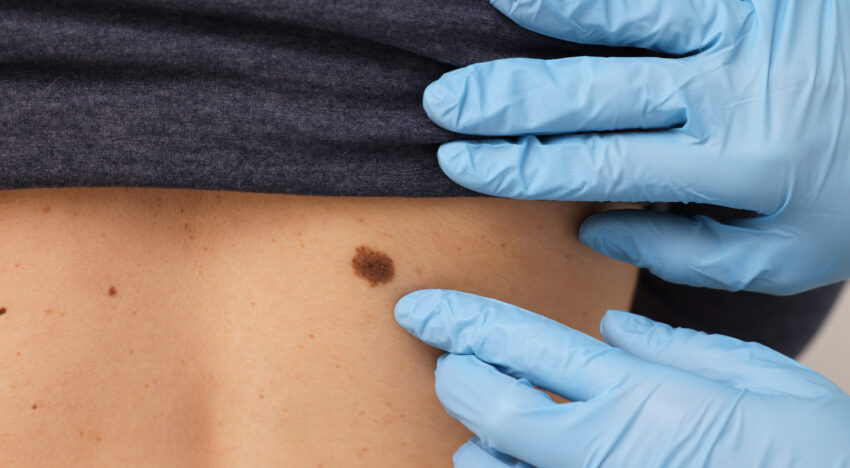
It is also worth preparing and making a list of medicines, vitamins and nutritional supplements, that you are currently taking (or have taken in the recent past). This information will help to complete the overall picture.
Don’t forget before the consultation to think through (and even better – record in notes) all the questions, that you would like to ask a dermatologist about mole removal and skin care after. An experienced qualified specialist in the clinic of aesthetic medicine will always provide you with a comprehensive consultation. But if there are concrete and more specific questions, it is better to think them through in advance.
What tests should be taken to remove moles
Before removing the mole, the doctor may not limit himself to just an examination and prescribe a number of tests. This is often the case with patients who have concomitant diseases or a predisposition to the formation of malignant tumors.
Among the possible analyzes are:
◼ general blood test;
◼ coagulogram (blood coagulation test);
◼ blood test for tumor markers.
Such studies are rather an exception, but when making an appointment with a doctor, you need to be prepared for such a scenario.
When mole histology is needed
In addition to the examination and additional tests, the doctor may also suggest a histological examination. Histology of a mole is a diagnosis of a skin formation that allows you to determine its nature and character. In most cases, it is this type of research that helps detect or, conversely, exclude melanoma, basal cell carcinoma, or squamous cell skin cancer.
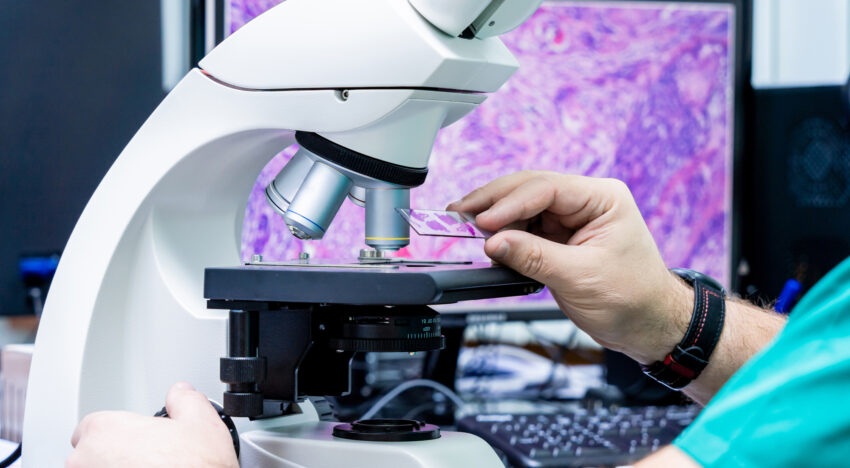
Histological examination is mandatory in cases of:
✔️ the presence of traumatized neoplasms of the skin;
✔️ before removing moles, nevi and polyps.
The research is usually conducted not in the clinic itself, but in a special laboratory. After the birthmark is removed, it is sent for examination, which takes from several days to several weeks. The analysis is carried out by a histopathologist using a high-power microscope (light, electronic, fluorescent, scanning).
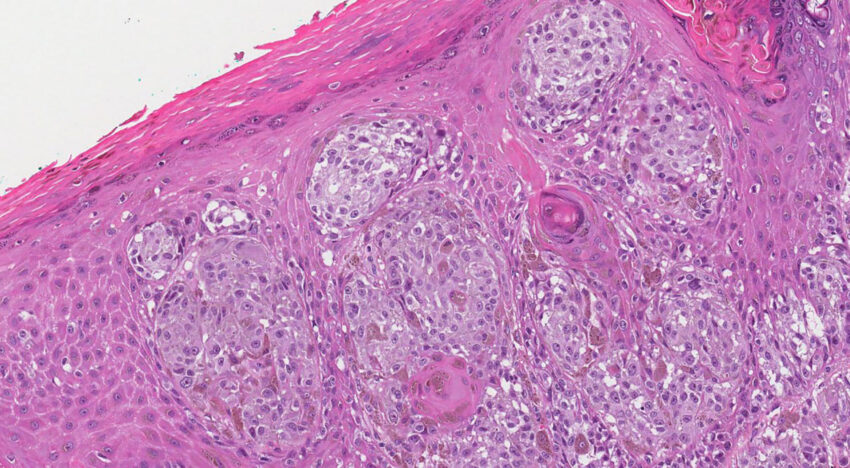
Histology is a very important stage of mole removal, because it helps to detect oncology in the early stages. Such an analysis makes it possible to draw up a treatment plan in time and achieve a full recovery of the patient.
Is it possible to remove moles without histology
Moles are removed with mandatory histological examination, as they are melanocytic formations that are prone to degenerate into malignant formations.
It is necessary to decide whether the formation will be sent for research before its removal. This is due to the fact that not every method of removal is suitable for histology. For example, after cryodestruction, there is simply nothing to send for study. But removal by radio waves or a surgical method can be related to histology.
More details about the methods of removing moles and how they are carried out were discussed in the article “Removal of moles in Kyiv“.
Frequently asked questions about mole removal
Before removing a mole, patients usually have many questions. Especially if the person decided to remove moles for the first time. We have collected answers to the most frequently asked questions below.
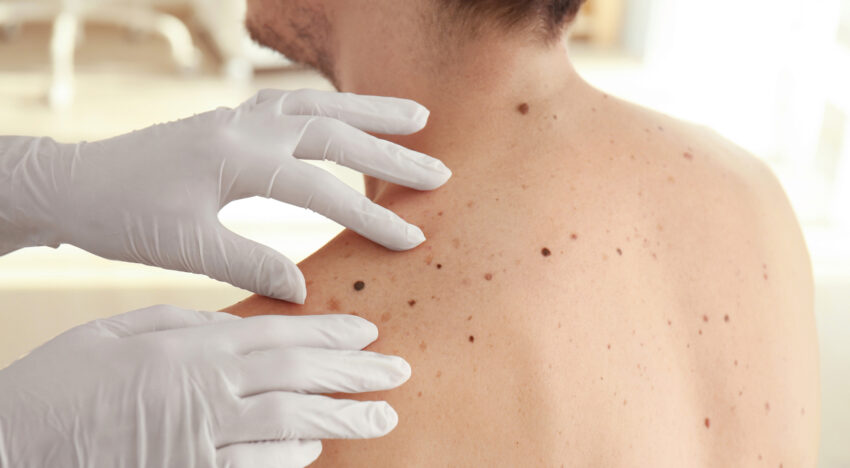
When should you consult a doctor about a mole?
Most moles on the body are safe and do not require removal. However, each person should carefully monitor the formations on the skin independently, as well as go for an annual examination by a dermatologist. The more moles on the body, the more attention should be paid to this issue.
You must consult a specialist if a mole causes discomfort. Any sensations (itching, burning), changes in color, size and shape are more than a good reason to make an appointment with a dermatologist. Such symptoms may indicate a malignant transformation of a birthmark, and this is a direct threat to a person’s life.
Is it painful to remove a mole?
Removal of skin neoplasms at Esteva Clinic is performed using a local anesthetic to minimize pain. Analgesic injections can also be used to remove large formations. Unpleasant sensations in the removal area may be present for several days until the skin heals.
How long does recovery take? How quickly can you return to work/study?
The recovery period depends on the size of the removed mole, its location and the general health of the patient. On average, complete healing takes 2-3 weeks. However, immediately after removal, you will be able to return to your usual daily activities. If the removal was performed on the face or other open part of the body, the wound will cause some aesthetic discomfort. This is a consequence that you need to be prepared for.
In order to speed up the healing process and avoid the appearance of a scar, it is necessary to follow all the recommendations of the doctor and, if necessary, use the skin healing agents prescribed by the doctor.
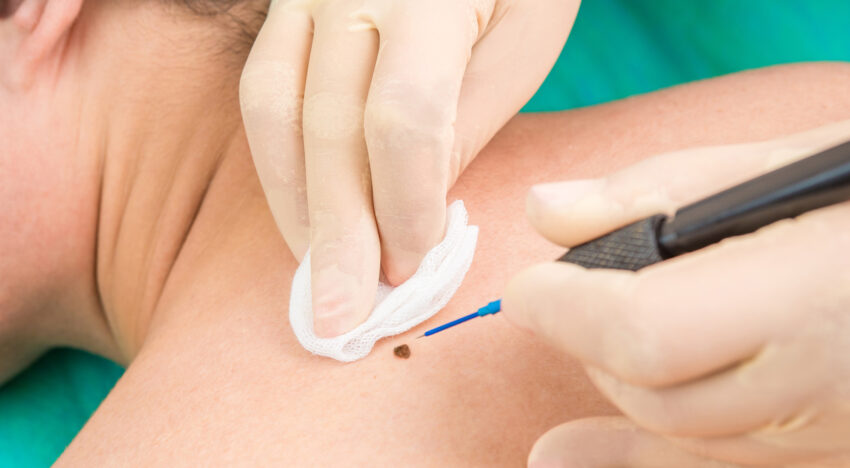
Can a birthmark be removed permanently?
In most cases, moles are removed permanently. If, after removal, the neoplasm has returned, it is necessary to consult a doctor for a more thorough examination.
If you have any questions or would like to make an appointment for a mole examination, the Esteva Clinic of Aesthetic Medicine and Cosmetology is ready to help you. We perform various cosmetology procedures since 2015, we know how to do everything in the best way!
Видалення родимок та невусів
| Назва процедури | Ціна, грн |
|---|---|
| Консультація дерматолога обов’язкова | 590 |
| Контроль після видалення з 30 по 45 день | Безкоштовно |
| Родимки, травмовані новоутворення, невус, поліпи - видалення з гістологією новоутворення до 1 см | 2300 |
| Родимки, травмовані новоутворення, невус, поліпи - видалення з гістологією новоутворення до 2 см або на повіці | 3300 |
| Родимки, травмовані новоутворення, невус, поліпи - видалення з гістологією новоутворень до 1 см до 3 шт | 5900 |







